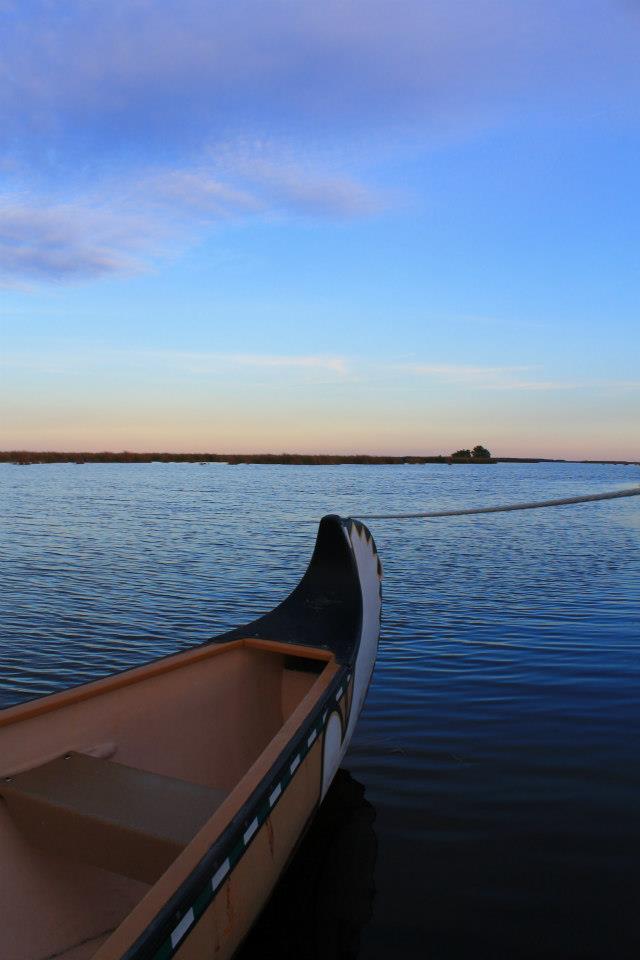When one person feels that their life is no longer worth living and makes the choice to end it, it is an unfathomable shame – that is not to be denied. However, when an entire community has to label suicide as an epidemic among their youth, that is absolutely deplorable. These are the facts for the Pimicikamak Cree Nation in Cross Lake, Manitoba. In a community of only 6,000 people, there have been six youth suicides in just the past three months; 140 people attempting or threatening to kill themselves in a recent two-week period and more than 100 kids on suicide watch. Some are as young as 15 years old.
What circumstances would allow for such a high rate of suicide in such a small community? How has this gone unnoticed for so long? Fact is that aboriginal youth are six times more likely to commit suicide than their non-aboriginal peers. When news of this epidemic reached the ears of the national community, political leaders responded in a predictable fashion. Indigenous Affairs Minister Carolyn Bennett, vowed to get additional mental health workers on the Pimicikamak reserve along with Manitoba Premier Greg Selinger who visited and pledged to strengthen health services in the community. Putting additional mental health services into Cross Lake and communities like it is definitely needed and is a step in the right direction, but it is not addressing the real problem. Counsellors will not be able to solve the socio–economic whirlwind that these teens are thrown into. For many young people in isolated northern communities, the reality is that there will never be a thriving economy which means the future can look very grim. For those living in Winnipeg, it is hard to think that there are communities where there is very little hope for the future and absolutely no job opportunity.
With the unemployment rate in Cross Lake being 80%, teens are faced little options for jobs and/or entertainment. As a result, they are turning to drugs and alcohol for some form of entertainment. This creates a continuous cycle of disparity and anguish. Youth are living off inadequate federal social assistance cheques that do not fill the void that a sustainable income. Young women are increasingly becoming teenage mothers and without the means to provide for their children, or the family structure to nurture them, the children are being thrown into the children and family services system, once again repeating the cycle of hopelessness. Teens and young adults are reaching a point where the road ahead begins to split and their choices are laid out in front of them: move to a large, urban center and get a job away from their community and culture or stay with their family and face a future of joblessness and poor quality of life.
These choices alone point to the fact that mental health counsellors are not the only resources needed in Pimicikamak Cree Nation. There is an outcry for community centers and in-school programs along with mental health awareness. More pressing is that attention needs to be given to the economics of this community and others like it. A few possible solutions that are more reasonable than what is currently being proposed are as follows: first, there needs to be some degree of government involvement to increase the job opportunities for those who decide to stay in these communities, thus giving the economy a boost. Secondly, there must be programs and support systems created for those youth who make the brave choice to leave their community in search of opportunity and a more hopeful future. Either way, there needs to be a better support system for the indigenous youth of Canada.
How can a country who boasts about being multicultural and kind allow this kind of thing to not only happen, but go unnoticed for so long? There needs to be a dramatic change in our society, one that will require us to look at the many injustices that are occurring right in our backyards. We are allowing the indigenous peoples of our country to have very poor quality of life, a fact that should unsettle every single Canadian. The fact that they are choosing suicide over living in these conditions shows that their cries for help have been ignored. When will our government answer these cries? Or will another six youth have to take their lives for reasonable action to be taken?





